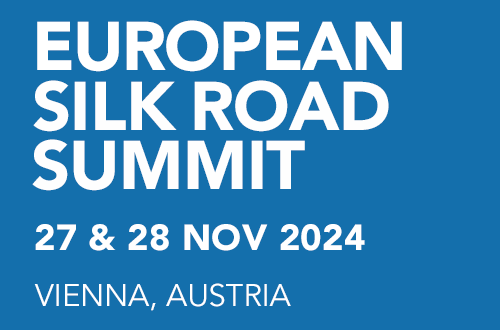Break-out session I – Southern corridor
The Southern Corridor, which connects Europe and China via Turkey and Iran, has not picked up as fast as the main route. However, the ambition of the countries involved has not declined. What is needed to make this corridor a success? Which hurdles are currently in the way of its full potential? The following speakers will take the stage during break-out session I:
 Middle/southern corridor – status and perspectives
Middle/southern corridor – status and perspectivesThe middle and southern Silk Road corridors are still in nascent stages in terms of market and service. Scheduled trains services are limited, and active players still scarce, But the middle and southern corridors have a natural catchment area. In a recent study for UIC, Roland Berger calculated a potential of almost 400,000 TEU in 2030. Realizing this potential requires joint efforts from all players, e.g., improving awareness among shippers and logistics providers, enhancement of train frequencies and service levels, harmonization and digitalization of customs procedures, continuous investments in rail infrastructure.
 A geo-economic perspective on the BRI-Middle/South Corridor
A geo-economic perspective on the BRI-Middle/South Corridor
MEHMET ORGEN, Director, Corporate Affairs, RC Industry-Erciyas Holding
Belt&Road initiative is comprised of one belt-six roads and each has different geo-economic implication. These need to be evaluated from the geo-economic perspective in layers such as Economics, Industry, Sovereignty, Energy and Ecology/Environment. Among those, Middle Corridor has unique characteristics with its constituent pipelines, railroads and ports.
 The North-South Corridor, What business opportunities lie beneath the dusty sky of Iran
The North-South Corridor, What business opportunities lie beneath the dusty sky of Iran